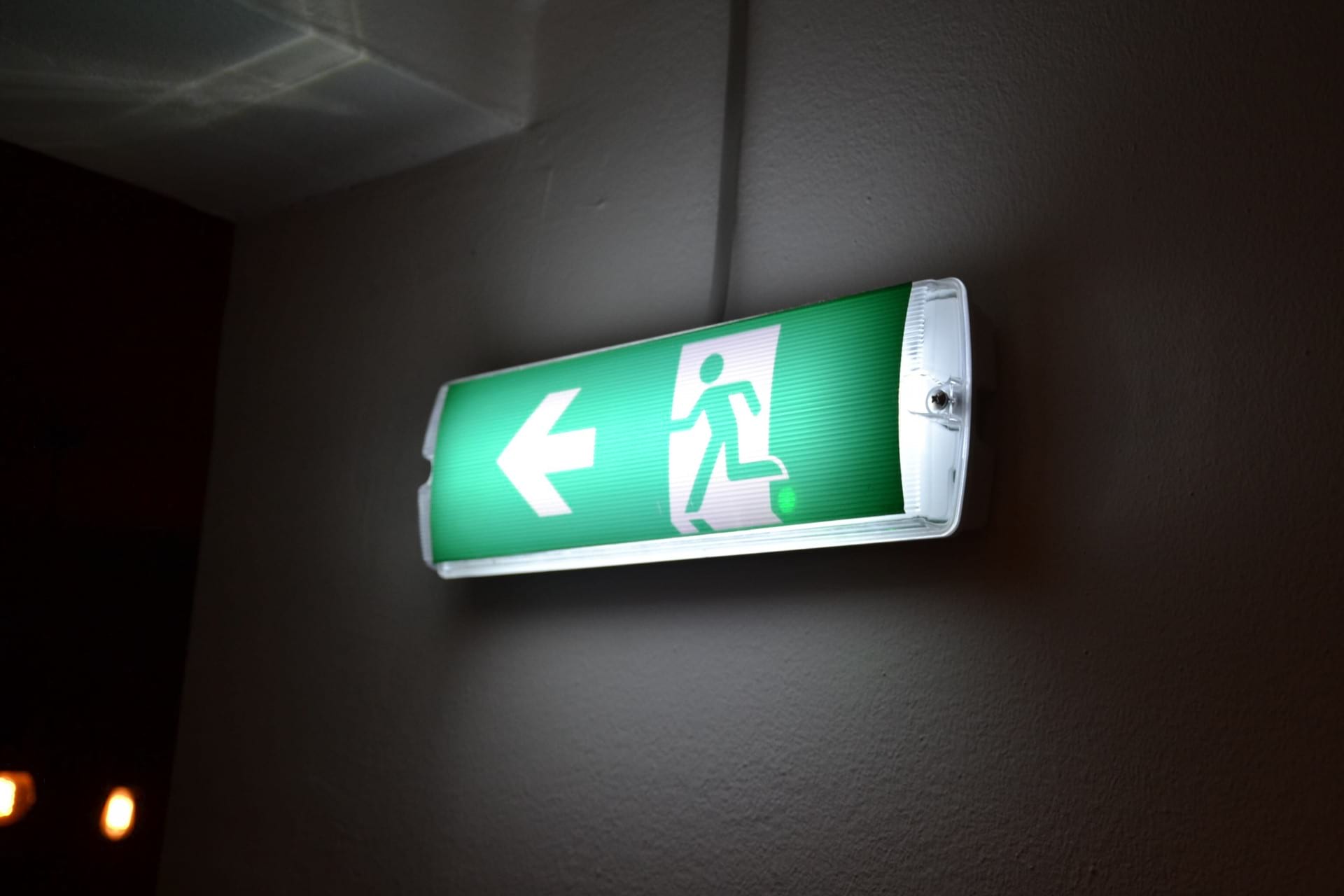

But they have more freedom to move and touch, the non-linearity is really useful because it is multiplayer, the game master can play with timing to improve the drama. This study phase made me get a pretty good insight about how a puzzle game should work and the similarities and basic differences between video game adventures and real life game adventures: objects and characters are more expensive in real life, the players can't give themselves clues when "looking at" something, you can't use natural dialog trees with them. I'm not sure if I will complete this (I never made a video game and I think it's too ambitious for me), but I'm finishing a first analysis about puzzles and other elements it will contain and I will begin programming soon. In these games the user interface has more to do with constructive elements and props. A software like an adventure but with a boring user interface which will accept as input a specially created adventure file and will allow the game master to "tell" the computer what is happening in the real game, making it react to the players' actions with sounds, adaptive music, clues, etc. I'm designing what could be called a "video game engine for real life games". With this in mind, I'm working right now on the creation of one of these rooms but I'm trying hard to make it like a real life adventure game. Specifically, the word "coherence" seems not to be part of the designers' vocabulary. It's not they are not fun, but after the initial excitement, the next day you can't stop thinking "I'm sure this and this and that could be done much, much better". A lot of escape rooms claim to be like adventure games, but as you all say, they feel more like poorly designed adventure games.


 0 kommentar(er)
0 kommentar(er)
